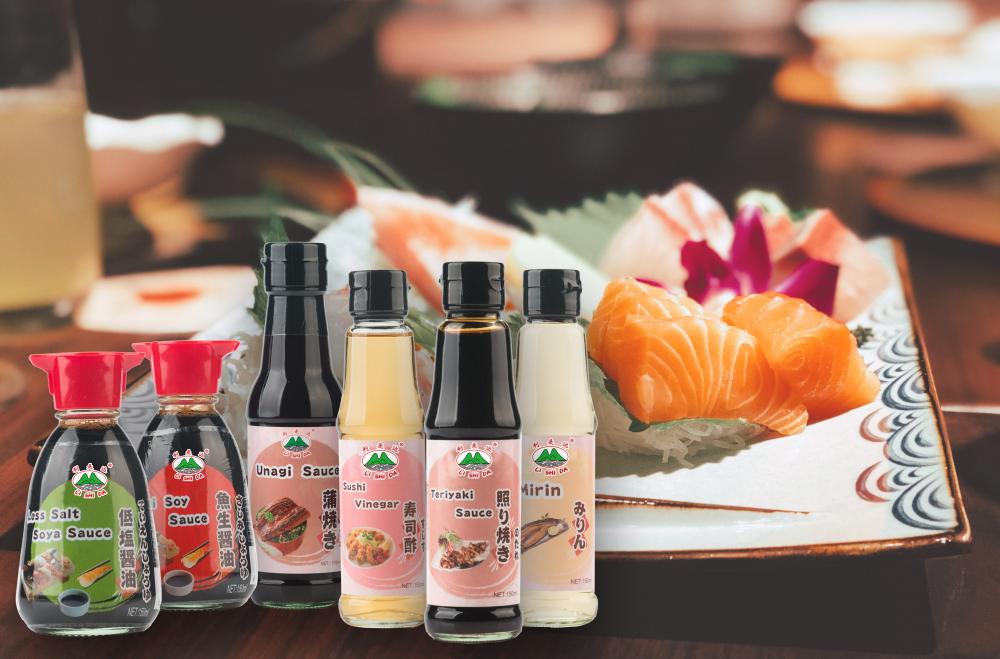1, the construction of the flow pool
The aquaculture ponds can be built indoors or outdoors, with an area of ​​2 to 5 m2 per pond, a depth of 24 cm in the pond, a rectangle, brick paving, a single brick erect and side by side, and a cement plastering. The walls are set around to prevent fleeing. The two ends of the pool are set at 20 cm above the bottom of the pool, respectively, into the drain outlets, and the nets or grids with appropriate apertures are installed. The sand is laid at the bottom of the pool. When building multiple pools, they can be single-linked. In the upstream, it is necessary to build a reservoir, and after the water valve is installed and the valve is opened, the pool water is required to pass freely in each pool, and finally discharged.
2, the choice of seed
The species is from artificial or natural collections. Physical requirements are strong, uniform specifications, bright colors, no trauma, specifications 25 to 30 grams per tail, 100 to 150 tails per square meter can be placed before the application of 30 to 40 g/L of salt water or high manganese into the pool Potassium acid disinfection.
3, feeding and management
3.1 Astragalus feed can be fed quail, fresh fish, shrimp, etc., can also be fed artificial compound feed.
3.2 The seedlings were fed and acclimated for 3 days after entering the pond. The acclimatization period was about 15 days. Begin to feed late in the evening, and then gradually advance to 14 to 15 o'clock in the afternoon or about 10 o'clock in the morning, the daily feeding amount is 6% to 7% of the overall weight of the carp, which is divided into two feeds in the morning and evening. It is also necessary to implement the "Four Sets" for the feeding of the yellow cricket.
3.3 Microfluidic water can be used as long-flow type or intermittent type, and the flow can be adjusted by adjusting the discharge valve of the reservoir. The water depth of the culture pond is maintained at 15-20 centimeters for a long time. It is best to plant some aquatic plants or shady artificially in the pond during the summer season.
3.4 Once every half a month, open the large water storage valve and increase the water flow in the culture tank. Starting from the upper pool, use a tool to agitate the bottom sand and flush the residual baits, excrement, and other contaminants that have been absorbed in the sand to make it float up. In turn into a pool, until the final discharge of aquaculture ponds.
3.5 It is necessary to regularly patrol the pool to observe the water quality and water temperature, and pay attention to cats and mice.
4, rickets prevention
Jaundice disease is not easy to detect, so it is mainly prevention. In addition to the larvae before the release of seedlings to be sterilized, during the breeding period generally every 15 days around the whole pool sprinkle lime, the amount of 5 ~ 10 g / m? In the onset season, low concentration liquids such as bleach 0.1 g/m3 or 0.2 g/m3 trichlorfon, or 0.7 g/m3 copper sulfate are regularly applied in Dianchi Lake. Pay attention to the need to close the inlet valve when the drug is administered to stop the flow of water in order to achieve the effect of the medicated bath to prevent diseases.
In order to satisfy people's need,now we develop Japanese Sauce,includes Sushi Sauce,Sashimi Sauce,Unagi Sauce,Teriyaki Sauce,Sushi Vinegar, Mirin Sauce and so on.We select non-GMO soybeans,wheat,sugar and other high quality ingredients,and adhere to brew in traditional process.

Welcome to contact us for cooperation!
Japanese Sauce
Japanese Soy Sauce,Sushi Soy Sauce,Sashimi Soy Sauce,Unagi Sauce,Teriyaki Sauce,Sushi Vinegar
KAIPING CITY LISHIDA FLAVOURING&FOOD CO.,LTD , https://www.lishidafood.com